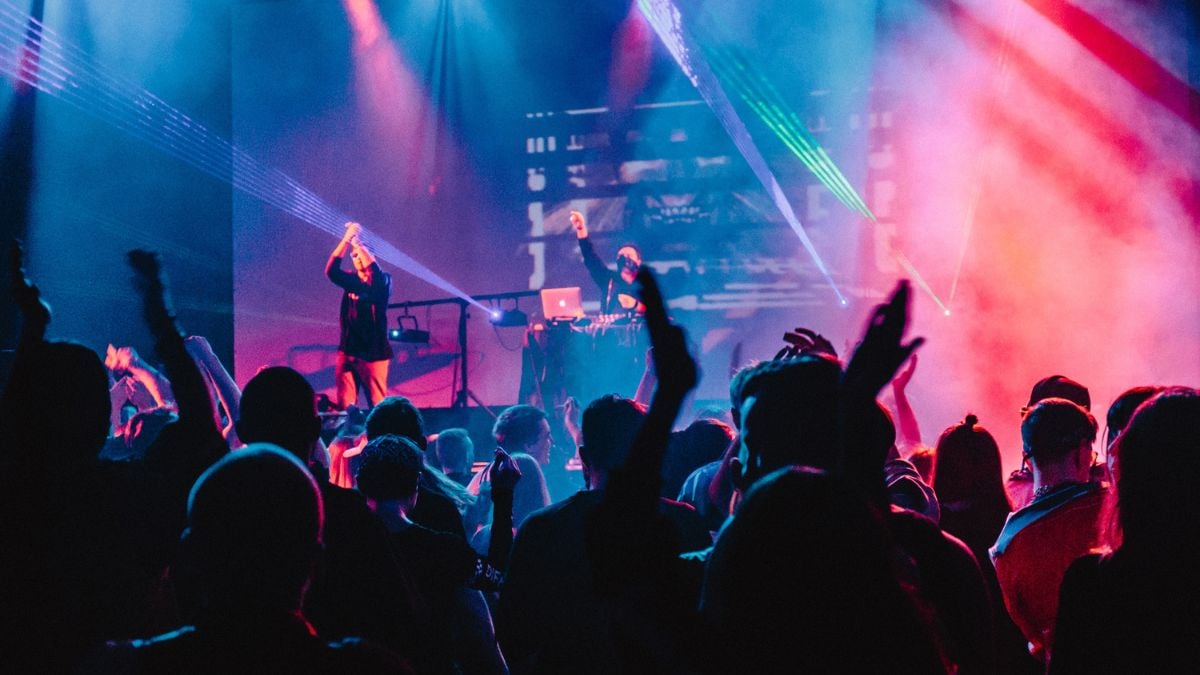3 Ways You Can Use Reverb For Dramatic Effect

There are many reasons we use reverb as a mix tool. It can be used to create a sense of depth and it can be used to make a mix more cohesive. In this article however, we are going to look at how we can use reverb as a creative tool, to make various elements of our mix sound more interesting, exciting or dramatic.
1. Create Huge, But Tight, Synth Sounds
Gated reverb suffers from a slightly uncool reputation, probably as it is so synonymous with that ’80s Phil Collins drum sound! This can be a really useful technique though. Used on synths, we can create a giant, but tight, sound that is great for EDM. The problem with putting your synth leads through a big reverb is that long reverb tails can muddy your mix up. This can lead to your lead sound losing definition and impact. Try putting a noise gate after your reverb plug-in in the effects chain. Side-chain the gate to your synth. Now the reverb channel will only open up when the synth is playing. You get a huge sounding synth, but without any messy reverb tails cluttering up your mix.
2. Create a Moment of Drama With Reverb Automation
You can highlight a specific moment of music with a quick blast of reverb, creating a moment of drama in your mix. Set up a reverb bus channel, making sure that the reverb you are using is one that is suited to this task – one that evokes a big space. Decide which musical element you want to use this effect on; the bass can work quite well in electronic music, and this technique works well on guitars and vocals too. Choose the moment that you want to highlight, and at this point automate the channel send so that you are sending a short blast of the signal to the reverb channel. The reverb will catch just this one brief moment (a single word, a single note) and ‘send it off into space’, creating a brief moment of excitement in your mix.
3. Add Width and Depth With Panned Reverb
This is another trick that was very popular in the ‘80s – the golden age of reverb! You can use this technique to add width and depth to a sound. This trick was commonly used on snares, but it works very well on guitar and synth lines too. Choose your sound source and pan it around half way to the left or right. Now route a send from this channel to a mono reverb bus that is panned all the way in the opposite direction. Your sound will ring out on one side of your mix, but you’ll hear the reverb on the other side of the stereo field, instantly making the sound ‘bigger’ and more dramatic. The pan settings here aren’t hard and fast rules. Play around with them, as different sounds sources, and different mixes, will call for slightly different treatments.



Comment on this post on SoundGym Community